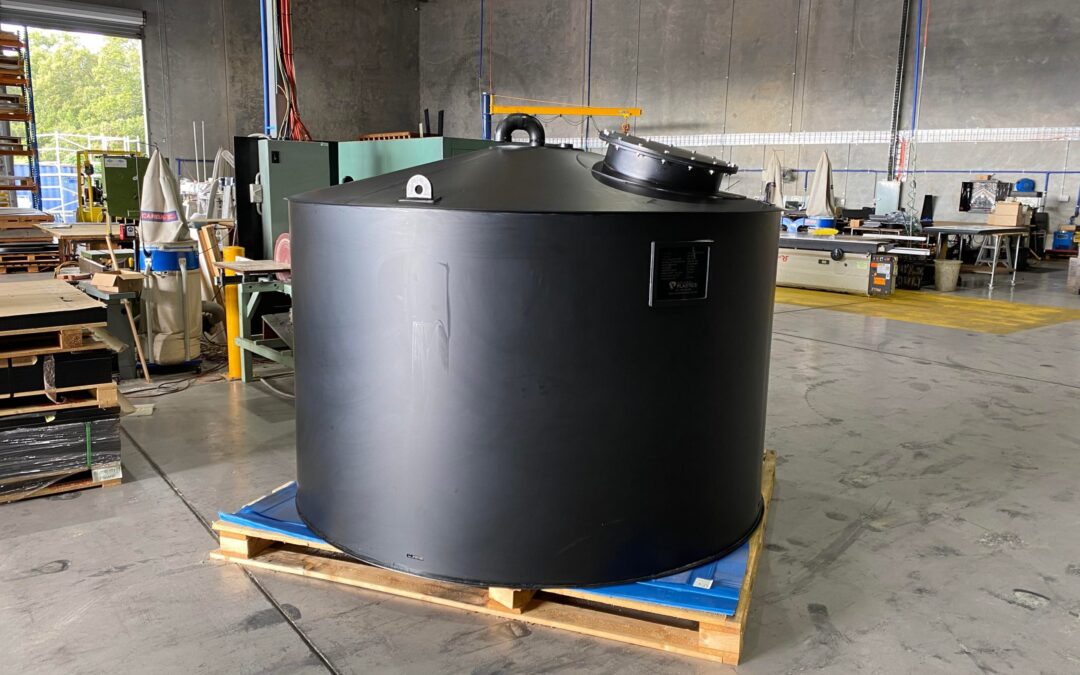In various industries, the use of tanks is integral to storing and transporting liquids or gases efficiently. Tanks with built-in insulation have become increasingly popular due to the myriad advantages they offer, ranging from energy efficiency to environmental sustainability. In this article, we will explore the benefits of tanks with built-in insulation, examining how they contribute to improved performance, reduced energy consumption, and enhanced environmental responsibility.
1. Energy Efficiency:
One of the primary advantages of tanks with built-in insulation is their enhanced energy efficiency. Insulation acts as a barrier, minimizing heat transfer between the contents of the tank and the external environment. In applications where temperature control is crucial, such as in the storage of liquids with specific temperature requirements, built-in insulation helps maintain a stable internal environment. This reduces the need for excessive heating or cooling, ultimately leading to significant energy savings.
2. Temperature Control and Stability:
Tanks often store materials that require specific temperature conditions for stability and optimal performance. Built-in insulation provides an effective solution for maintaining these conditions. Whether storing chemicals, food products, or other temperature-sensitive materials, tanks with insulation help prevent heat loss or gain, ensuring that the contents remain within the desired temperature range. This capability is particularly beneficial in industries such as pharmaceuticals, chemicals, and food processing.
3. Cost Savings:
The energy efficiency offered by tanks with built-in insulation translates into tangible cost savings. Reduced energy consumption means lower utility bills and operational expenses. Over time, the initial investment in a tank with built-in insulation proves to be a wise financial decision as it contributes to long-term operational efficiency and financial sustainability for businesses.
4. Condensation Prevention:
Built-in insulation not only helps control temperature but also plays a crucial role in preventing condensation. In environments with fluctuating temperatures, condensation can form on the exterior of uninsulated tanks, leading to issues such as corrosion and mold growth. Tanks with built insulation act as a protective layer, mitigating condensation-related problems and preserving the structural integrity of the tank over an extended lifespan.
5. Regulatory Compliance:
Many industries are subject to stringent regulations regarding environmental impact and energy efficiency. Tanks with built-in insulation can assist businesses in complying with these regulations. By minimizing energy waste and reducing greenhouse gas emissions associated with excessive heating or cooling, these tanks contribute to a more sustainable and environmentally responsible operation.
6. Enhanced Durability:
Built-in insulation not only protects the contents of the tank but also contributes to the tank’s structural integrity. Insulation can shield the tank from external elements, such as extreme weather conditions, which might otherwise lead to wear and tear. This enhanced durability results in longer equipment life and reduced maintenance costs for businesses.
7. Versatility in Applications:
Tanks with built insulation find applications across a wide range of industries. Whether used for storing chemicals, food products, water, or other liquids, the versatility of these tanks makes them adaptable to various industrial needs. This versatility, coupled with the benefits of energy efficiency and temperature control, positions tanks with built insulation as a valuable asset in diverse sectors.
8. Contribution to Sustainability:
In an era where sustainability is a key focus for many businesses, tanks with built-in insulation align with environmentally conscious practices. The reduction in energy consumption, prevention of condensation-related issues, and overall efficiency improvements contribute to a smaller ecological footprint. This commitment to sustainability not only benefits the environment but also enhances the reputation of businesses as responsible corporate entities.
Conclusion:
Tanks with built-in insulation offer a comprehensive solution for industries requiring efficient and temperature-controlled storage. From energy savings to environmental responsibility, the advantages of these tanks extend across multiple facets of operational efficiency. As businesses continue to prioritize sustainability and cost-effectiveness, investing in tanks with built-in insulation emerges as a strategic choice that delivers long-term benefits.

